Electrum - a native mineral or artificially smelted gold alloy и silver. It is mined together with other varieties of the precious metal or obtained by melting. It has characteristic features, above all its peculiar color greenish spectrum.
Electrum - the first precious metal alloys in ancient Greece. Where were the nuggets and are they in nature now
Alloy from gold and silver was discovered and used as early as the 3rd millennium BC in ancient Egypt by the pharaohs of the 5th dynasty. It was imported from mines located on the African continent.
It was mined in ancient Greece and was widely used to make coins.
This is due to the high wear resistance, increased hardness. These qualities are superior to gold. The earliest coins were found on the territory of the ancient kingdom of Lydia, Eastern Greece. It is known that even back then the Greeks knew how to refine silver. Coins contained from 45 to 90 % of gold.
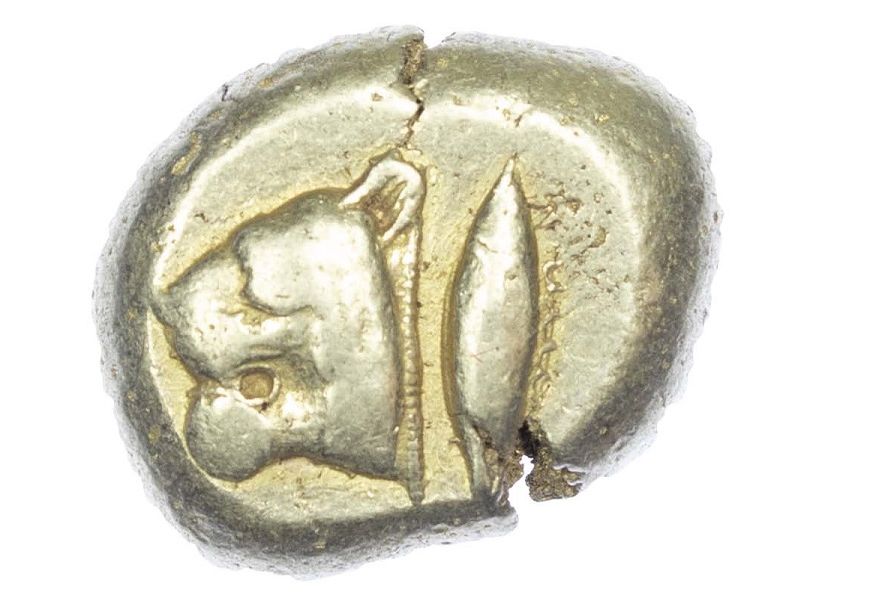
A rarer alloy than gold. In our country, it is still found in the ore deposits of the Urals and Altai in the form of nuggets up to 0.5 kg., grains and placers. In Turkey, its western provinces, sometimes nuggets are found. They are usually small in size and weigh a little.
The peculiarity of electrum as an alloy of gold and silver is its heterogeneous composition: its properties change depending on the percentage of each component.
What is the name of the alloy of gold and silver
The ancient Greek name of the mineral refers to another type of jewelry material, amber. ἤλεκτρον (electron) is so named for its characteristic color. The basis, however, is the word ἤλέκτωρ (elector) - brilliant. The Greek name corresponds to the Latin electrum.
Why Electrum is called white or green gold
The percentage of electrum components determines different shades: from greenish-yellow to milky-yellow. The more silver, the closer it is to the white color. This led to the description of the alloy with silver as white gold. In Greek it is called λευκὸς χρυσός (leukos chrysos).
The modern Russian classification classifies it as a green precious metal.
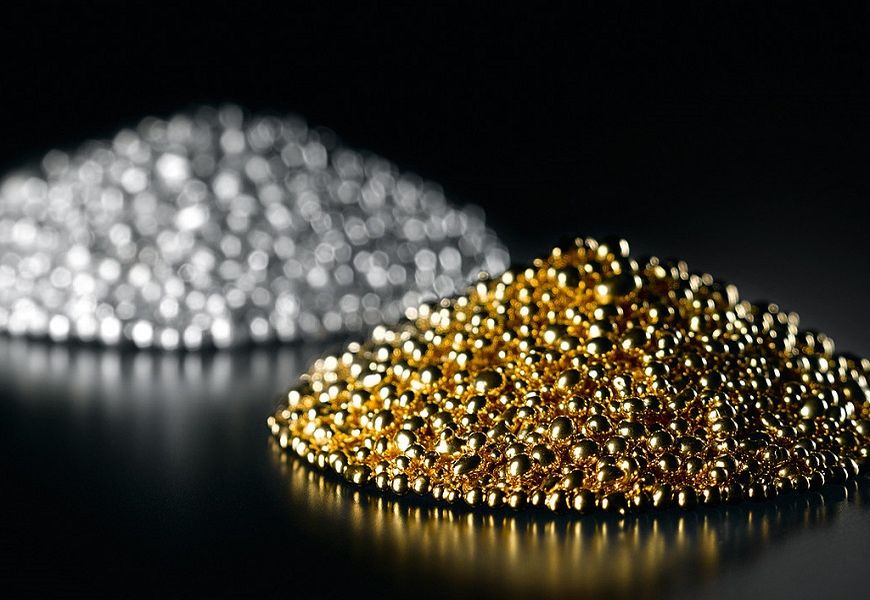
Qualitative characteristics of the alloys
Electrum is an alloy that may contain other metals in addition to silver: copper, palladium, platinum. Alloying with these elements increases strength characteristics, increases ductility, lowers melting temperatures, and increases the plasticity of the base material. The alloy of gold and silver contains from 15 to 50% of the latter.
This accounts for the basic characteristics of electrum:
- resistance to oxidation;
- inertness, neutrality with respect to other substances;
- high melting point;
- increased density;
- durability;
- good plasticity;
- malleability;
- on the ten-point Mohs scale of mineral hardness - 3 points;
- high coefficient of electrical conductivity;
- resistance to aggressive media and immunity to acids (except aqua regia, hydrocyanic acid).
At the same time, electrum alloy is very brittle, and the work with it requires a lot of labor from the craftsman.
This can be attributed to its disadvantages, along with the high cost.
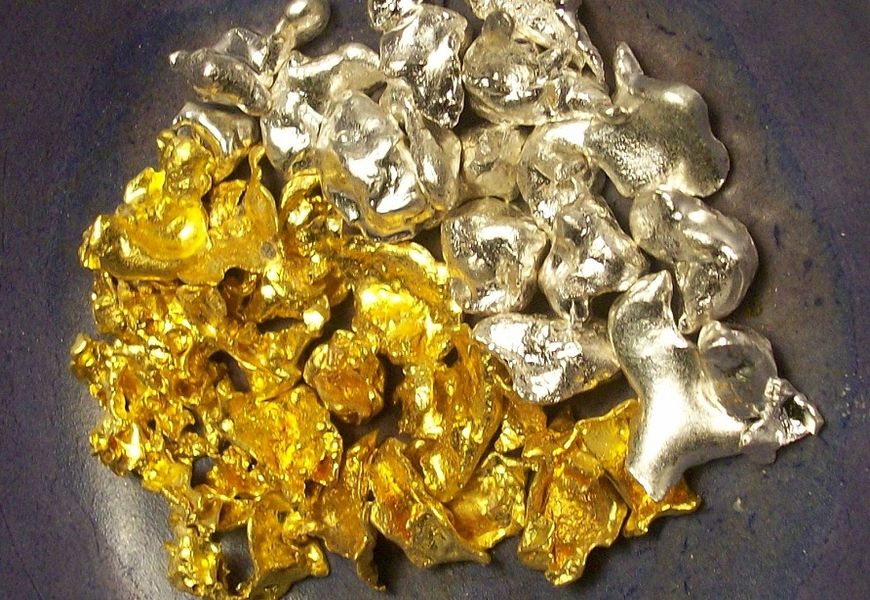
Chromaticity of gold and silver alloys according to GOST
One of the main features of electrum is the color spectrum of greenish-yellowish tones. This quality is reflected in normative documents such as GOST. The grades that mark the alloy are: 585 (14 carats), 750 (18 carats).
Leaf-gold, which consists of thin plates for gilding various objects, architectural structures, such as the domes of churches, has a gold hallmark of 960 (23 carats).
The coloration of the green precious metal according to the State Standard is described by the following compounds:
585 proof:
- ZlSR 585 -415 - green color, melting point 1025-1030 degrees;
- ZlSrM 585-300 - yellow-green color, melting point 835-880 degrees.
750 proof:
- ZlSr 750-250 - green color, melting point 1040-1045 degrees.
The silver ligature provides the green tones, the copper and silver determines the yellowish-green hue.
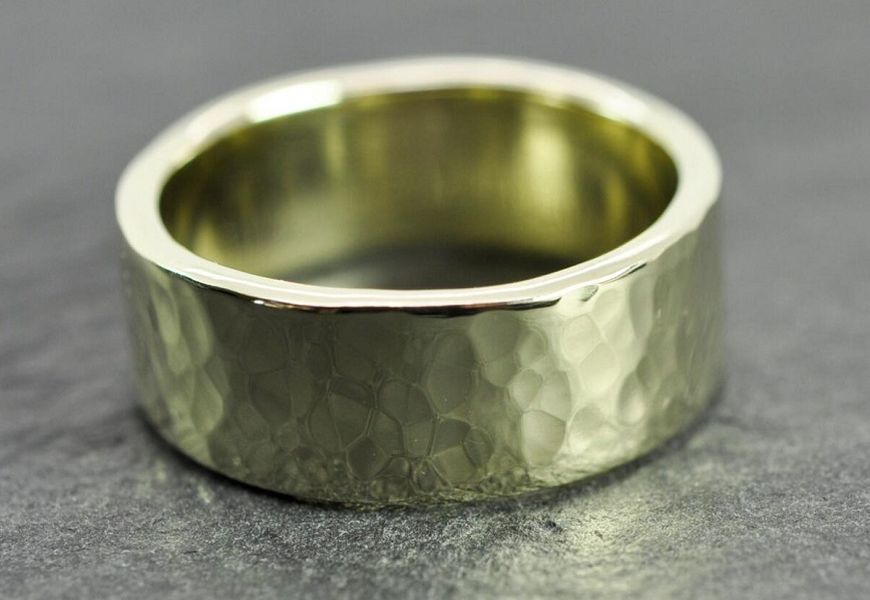
Assortment of gold alloys with other metals in the jewelry industry
Наряду с электрумом, который объединяет золото и серебро в сплав, существует ряд составов, которые используются для производства монет и ювелирных украшений. Наиболее часто встречающиеся, характеризуются следующими samples:
- 999 - 24-karat, less than 0, 1% impurities. Goes first of all for the production of ingots. It is of little use for other purposes because of increased softness.
- 916 - 22 carats. Used mainly in the east.
- 750 - 18 carats. High grade alloy with 75% gold.
- 585 - 14 carats. This is the most popular hallmark and is widely used by jewelers.
- 375 - 9 carats. A low-grade precious metal, alloyed with copper as a rule, so it has a reddish hue. It is quite often used in pieces.
In addition to these samples, there are a number of rarer ones that are used in industrial production. They are not used for jewelry.
In tsarist Russia other assays were used, they can be found on antique articles made of noble metals. They were marked: 56, 72, 82, 92, 94, 96, measured in gilt. This is an ancient measure of weight - 4.27 grams, it corresponded to the weight of the same weight.
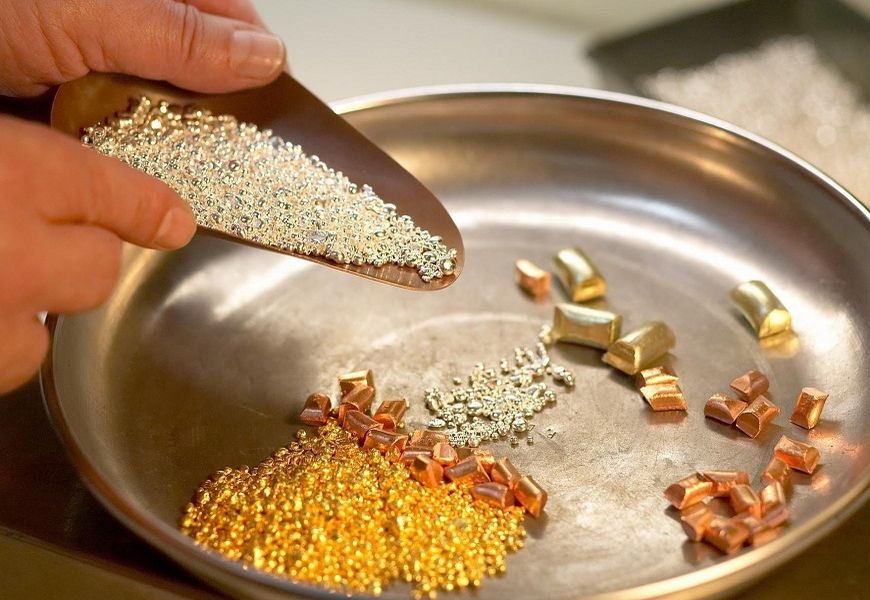
The popularity of gold-silver alloy in the old days, in various industries today
Known since antiquity, electrum has found its wide application. Because of its unique qualities, its unusual color, it has been used in a variety of ways.
Ritual weapons
Weapons for rulers and warlords of the ancient world may have contained inlays of gold alloy and silver.
In ancient Egypt they covered obelisks, the tops of pyramids, the so-called pyramid.
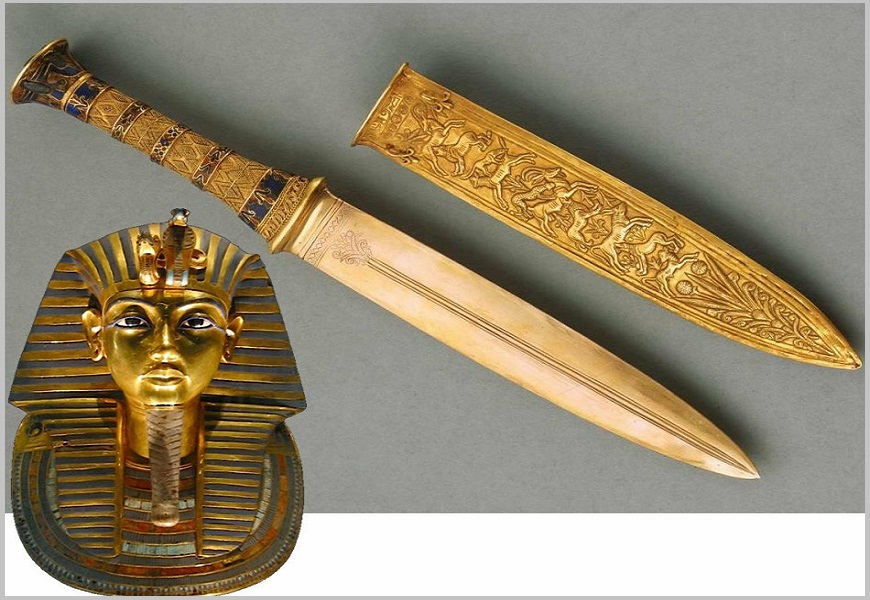
Valuable jewelry
Products made of unusual whitish and greenish noble metal have been popular since ancient times.
Nobel Prize medals have been molded on 100 % electrum for decades.
The first minted coins
The earliest coins were found by archaeologists in the Ancient Kingdom of Lydia, Eastern Greece. They were called Lydian coinage by their geographical name. Their use was due to their high hardness, wear resistance, better than the base noble metal.
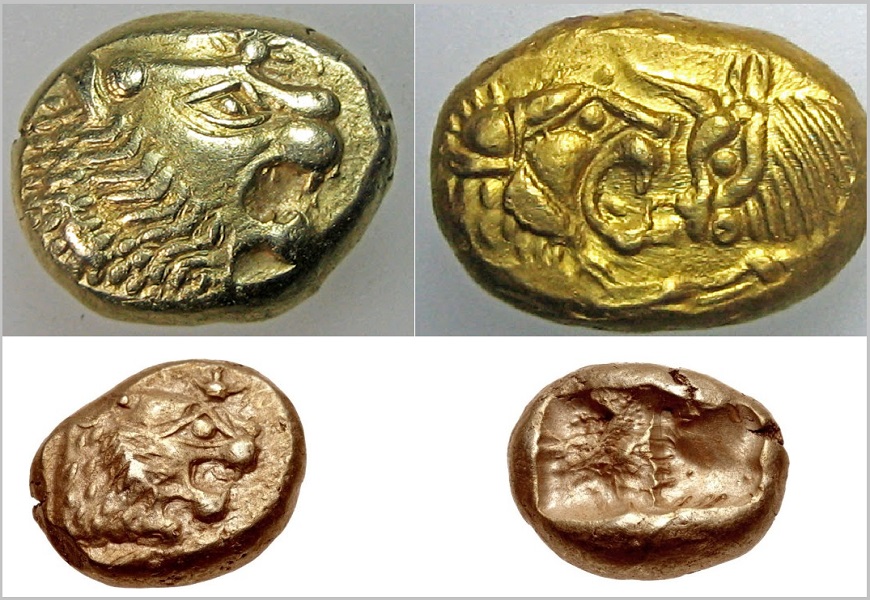
Decor and cutlery
Archaeologists have found ancient drinking vessels made of electrum. In the modern world, it is used to make cutlery and some decorative items.
Luxury products in the jewelry industry
Green gold holds a special place in the jewelry business. The unusual shades of the precious metal attract jewelry lovers. Despite the fragility of the material, the complexity of production, it is a success.
The composition can be supplemented by a certain amount of other components, which allows you to create products with special parameters.
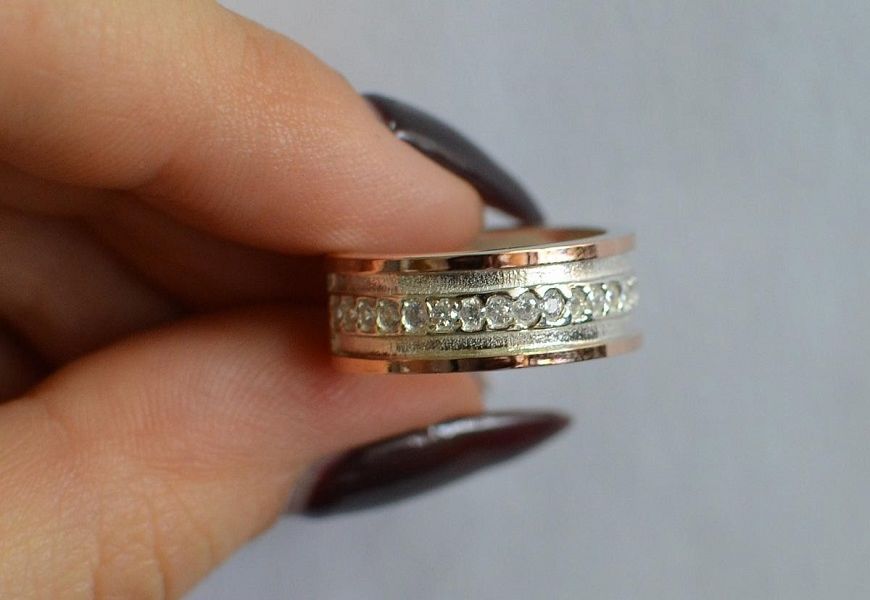
Dentures and crowns in dentistry
Certain types of precious metal alloys are used in dentistry.
Main compositions:
- Golden 900 proof (Formula: ZlSrM-900-40) - 90% ash, 4% silver, 6% copper
- Golden 750th (ZlSrPlM-750-80) - 75% ash, 8% silver, 8% copper, 9% platinum
- Gold 750th assay (ZlSrKdM) with the addition of 5-12 % cadmium.
In addition to these, silver-palladium alloys are used. All of them do not belong to the category of green gold, which is not used by dentists due to its increased brittleness.
Video: gold and silver alloy, a variety of colors
Jeweler's comment

During melting, the first component that comes in for processing is always gold.
It is followed by silver and then copper. If the non-precious metal in liquid form is added before the noble ones, the components will not be able to fuse evenly, there will be uneven solidification of the mixture. And this is already a defect.
The characteristics of a gold and silver alloy are determined by the percentage ratio of the components. This refers primarily to the aesthetic features of the green precious metal - the color shades. The most optimal ratio is 75 % gold, a quarter of the other elements.
It is important to trace the temperature of the melting process. After melting, the sample of the product can be determined.
